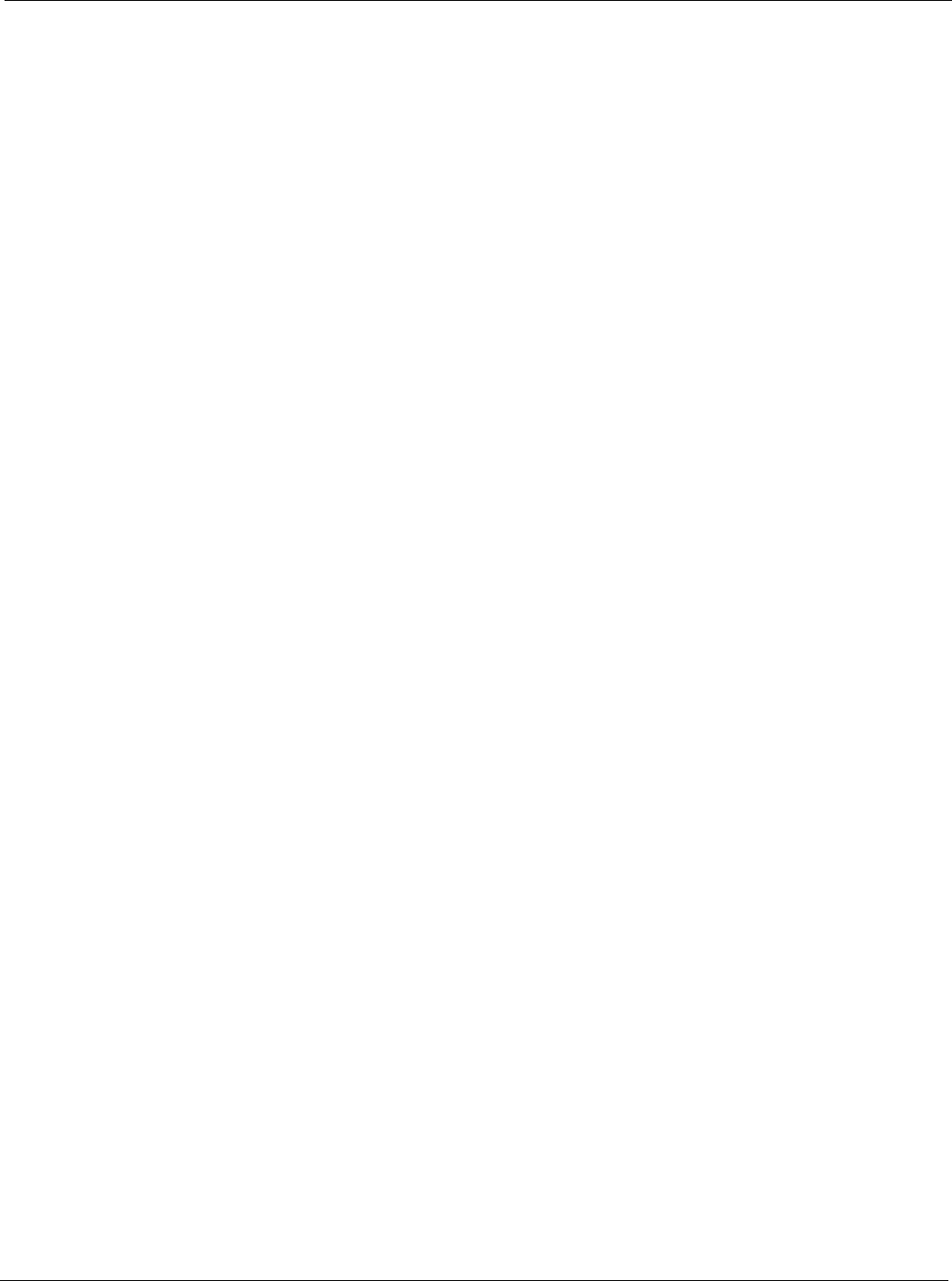Instruction manual
Table Of Contents
- Introduction
- Using the Keypad/Display
- Keypad/Display Menu Structure
- System Summary Menu
- Standard Menus
- System Menu
- Occupancy Menu
- Temperature Menu
- Flow Summary Menu
- Supply Fan Speed Menu
- Return/Exhaust Fan Speed Menu
- Cooling Menu
- Head Pressure Menu
- Evap Condensing Menu
- Economizer Menu
- Min OA Damper Menu
- Heating Menu
- Energy Recovery
- Dehumidification Menu
- Daily Schedule Menu
- One Event Schedule Menu
- Holiday Schedule Menu
- Optimal Start Menu
- Operating Hours Menu
- Extended Menus
- Unit Setup Menu
- Timer Settings Menu
- Time/Date Menu
- Supply Fan Setup Menu
- Return/Exhaust Fan Setup Menu
- Zone Temperature Setup Menu
- Compressor Setup Menu
- Head Pressure Setup Menu
- Chilled Water Setup Menu
- Economizer Setup Menu
- Design Flow Setup Menu
- Heating Setup Menu
- Dehumidification Setup Menu
- Alarm Out Configuration Setup Menu
- Alarm Limits Setup Menu
- Manual Control Menu
- LON/BACnetIP/BACnetMSTP Setup Menu
- Active Alarm Menu
- Alarm Log Menu
- Advanced Menus
- Unit Configuration Setup Menu
- Save/Restore Menu
- Alarm Delays Setup Menu
- Analog Input Status Menu
- Universal I/O Status Menu
- Digital Input Status Menu
- Digital Output Status Menu
- Adv Setup Settings Menu
- Adv Status Parameters Menu
- Alarms
- Operator’s Guide
- Determining Unit State
- Off Operating State
- Start Up Operating State
- Recirculating Operating State
- Heating
- Economizer
- Mechanical Cooling
- Determining Unit Status
- Determining Control Mode
- Determining Cooling Status
- Determining Heat Status
- Determining Economizer Status
- Determining Cooling Capacity
- Determining Heating Capacity
- Determining Supply Air Fan Capacity
- Determining RF/EF Capacity
- Determining Outside Air Damper Position
- Determining Emergency Mode
- Determining Application Mode
- Determining Occupancy Status
- Determining Occupancy Mode
- Determining Occupancy Source
- Unoccupied Operation
- Scheduling
- Temperature Control Configurations
- Heat/Cool Changeover
- Dehumidification
- Energy Recovery
- Outside Air Damper Control
- Outside Air Damper Control, Two Position
- Special Procedures for Units with WRV and More Than Two Circuits.
- Water Pump Control
- Cooling: Multistage
- Cooling: Modulating
- Heating Control
- Modulating
- Min DAT
- Indoor Air Fan - On/Off Control

McQuay OM 920 103
Operator’s Guide
• Control Temperature is greater than the Zone cooling setpoint by more than half the
deadband AND
• Discharge Air Temperature is greater than the minimum DAT cooling setpoint AND
• The current cooling stage is less than the available number of stages AND
• Dehumidification is not Active
OR
• The time since the last stage change exceeds the Cooling stage timer AND
• Dehumidification is active AND
• Leaving Coil Temp is greater then the maximum leaving coil setpoint AND
• Current Stage is less than the available number of stages
The number of Compressor Stages decreases when:
• The time since the last stage change exceeds the Cooling stage timer AND
• Projected Control Temperature is less than the Zone cooling Setpoint by more than half the
deadband AND
• Control Temperature is less than the Zone cooling setpoint by more than half the deadband
AND
• The current cooling stage is greater than zero AND
• Dehumidification is not Active
OR
• The time since the last stage change exceeds the Cooling stage timer AND
• Discharge Air Temperature is less than the minimum DAT Cooling setpoint AND
• The current cooling stage is greater than zero AND
• Dehumidification is not Active
OR
• The time since the last stage change exceeds the Cooling stage timer AND
• Dehumidification is active AND
• Leaving Coil Temperature is less than the minimum leaving coil setpoint AND
• Current Stage is greater than 0
Project Ahead
This section provides the Projected Control Temperature used to turn on and off stages of
heating and cooling for Zone Control units. It is not used in DAT units.
In Zone Control cooling and heating operation, the Projected Control Temperature, reduces
overshoot as the zone temperature approaches a setpoint after startup. It does this by causing
stages to stop increasing before the actual Control Temperature reaches the setpoint. The rate
of change of the Control Temperature is calculated once per minute by the controller and
equals the change during the last sixty seconds. This rate of change is multiplied by the
Effective Project Ahead Time and is added to the current Control Temperature. The rate of
change may be negative or positive so the Projected Control Temperature may be higher or
lower than the Control Temperature. This value, the Projected Control Temperature, is the
temperature that would exist after the Project Ahead Time passes if the Control Temperature
were to continue to change at the same rate for the Effective Project Ahead Time. The
Effective Project Ahead Time is set equal to the Cooling Project Ahead Time when a unit with
compressorized cooling is in Cooling State. The Effective Project Ahead Time is set equal to
the Heating Project Ahead Time when a unit with staged heating is in the Heating State. It is
set equal to zero under all other conditions causing the Projected Control temperature to equal
the Control Temperature










